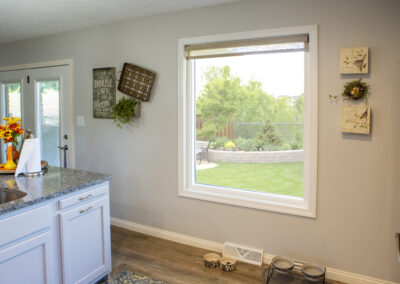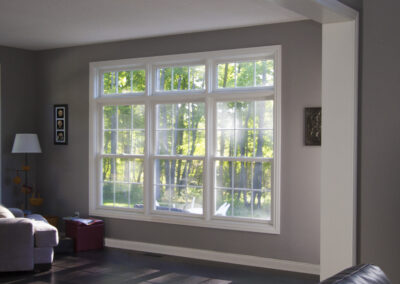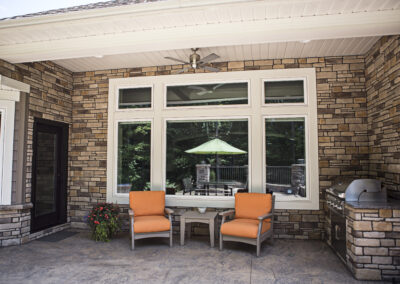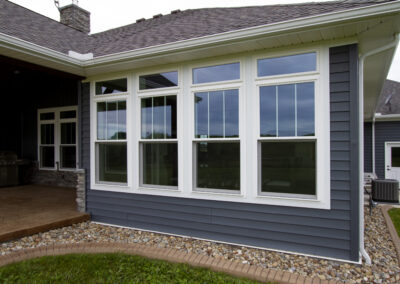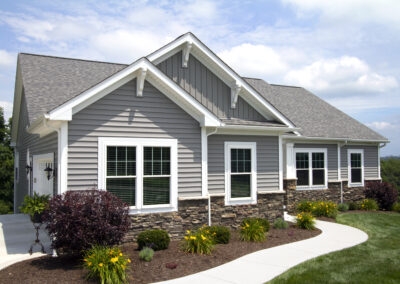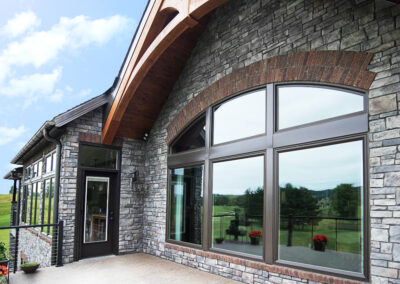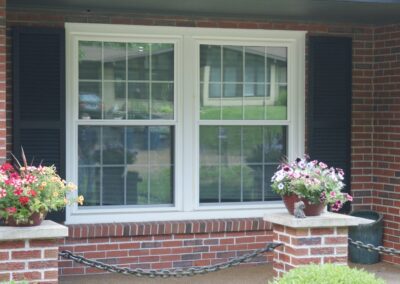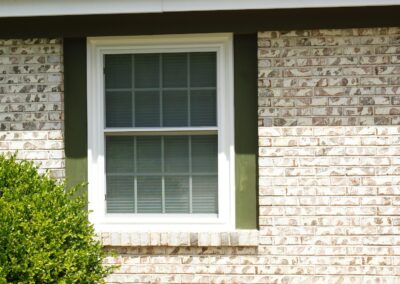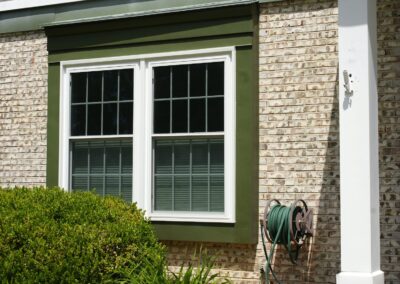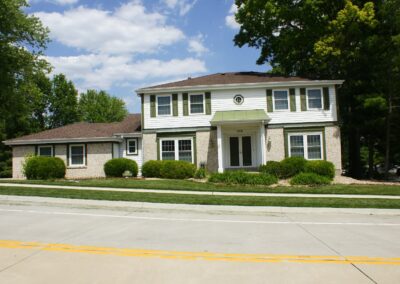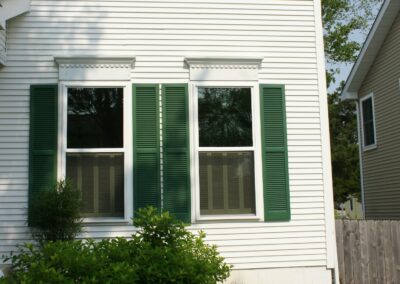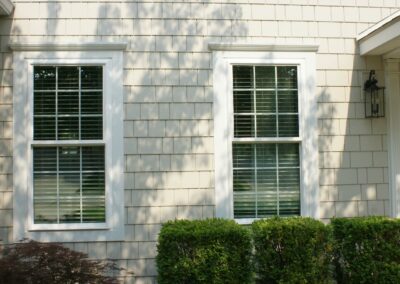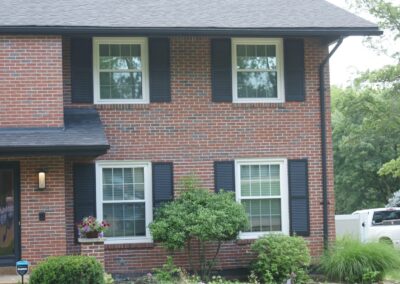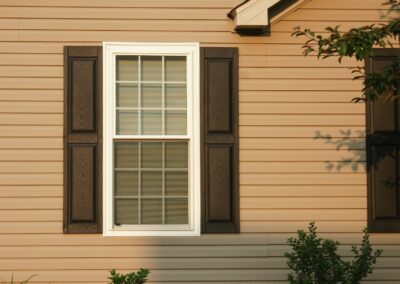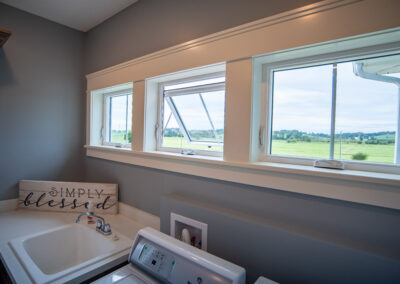Windows
Installation, Energy efficient, and FAQs
Easy, Stress-Free Financing available!
Welcome To The Official Window Depot USA Provider For The St. Louis Metro Area
If you’re looking for a replacement window company in the St. Louis metro area that provides TRUE value, you’ve come to the right place. At Window Depot USA of St. Louis, we’re a locally-owned contractor with the resources of a national company. As a result, we can provide you with best-in-class ProVia replacement windows for maximum value. Here’s how we do it…
Triple Pane Windows
Triple pane windows are lightyears ahead of double pane windows in virtually every category. It’s why triple pane is our go-to window option.
Meticulous Installation
We utilize special installation techniques and pay our craftsmen top dollar to ensure the best window replacement in the St. Louis and St. Charles Metro area.
Lifetime Workmanship Warranty
Our workmanship is so thorough that we protect your window installation with a TRUE Lifetime Workmanship Warranty.
Window Installation
If you’re a stickler for details looking for window installation in St. Louis or St. Charles County, we’re going to be a good match.
When it comes to window installation, we’re what some would call “obsessive.” The details other contractors find too small or unimportant? Those are the details we find essential. On every job. For every customer. Zero exceptions.
Thicker Trim Coil
Most trim coil is flimsy (therefore susceptible to the harsh elements) and comes with a finish that’s painted on (which makes it fade quickly). Our trim coil, however, is made from heavy-duty titanium alloy and comes with a baked-on finish that protects against UV rays. It’s nearly as strong as pure steel but only half the weight. It also resists atmospheric and chemical corrosion through an ultra-thin yet exceptionally hard layer of aluminum oxide.
Does our trim coil cost us more? Yes… about double the price of what contractors typically pay. Is it worth every penny? Yes… and then some.
Insulation
To prevent this, we use a low-expansion, closed-cell foam. The closed-cell structure of our insulation means moisture won’t penetrate it, which prevents the problems that can occur with batten insulation.
The result? Superior insulation that actually resists water-related problems.
"Missed it by that much!"
The customer: 100% satisfied with the windows.
Our rep: 0% satisfied with the windows.
He noticed a sash on one of the windows was slightly crooked as the result of a manufacturer defect. We’re talking millimeters—something only a trained eye would ever notice.
Our rep could have left it, and the customer would have never known. But leaving a project only 99.9% right? That’s not in our DNA.
Our Project Consultant contacted our window manufacturer to get the issue resolved. We explained the problem and made the manufacturer send a new sash. Once it arrived, we removed the crooked sash and installed the new one.
Some companies may see this as a waste of time and labor. After all, if the customer is happy, why bother?
Answer: Because it bothers us!
You’re paying us to do the job right. And we take our obligation seriously. That’s why we make sure everything is correct before we can put our final stamp of approval on the job… even the details you’d never notice.
Our Installers
This isn’t the window installer’s fault—he’s simply trying to put food on the table. We understand this, which is why we pay our certified installers almost DOUBLE what many window companies do. This allows our crew to take the time to do the job right, rather than worrying about meeting a lofty installation quota to make a living wage.
In truth, we’d never hire installers who place a premium on “done fast” over “done right.” Our installers are the kind of people who bust out the tape measure when making their beds… wake up in a cold sweat at 3am with the urge to organize their kitchen cabinets… and cried when they colored a nanometer outside the lines when they were kids.
Yes, you could say our window installers are preoccupied with perfection.
Energy Efficiency
Energy efficiency is one of the most important factors to consider when buying replacement windows in St. Louis, St. Charles, and the surrounding areas. Not only will a window’s efficiency affect your energy costs, but it will also impact the comfort of your home.
how do you know if a window is truly energy efficient?
The NFRC program is voluntary for window manufacturers and the only objective rating system for window energy efficiency. By being in the program, window manufacturers allow the NFRC to perform unplanned quality inspections at any time. The NFRC can pull a window straight off the production line and test it on the spot to confirm it performs as advertised.
Many window manufacturers dislike the idea of the NFRC’s random quality inspections, so they choose not to participate in the program. Windows that aren’t NFRC certified may perform as the manufacturer says, but there is no third-party inspection to verify it.
NFRC-certified windows have the certification seal on their energy label. Like “window stickers” on new vehicles, this energy label is attached to a window to tell you what kind of efficiency to expect. Here is what the energy label looks like for our windows (notice the NFRC seal in the upper-left corner):
We’ll explain what these ratings mean in a moment. First, let’s look at another type of efficiency assurance you want your new windows to have: ENERGY STAR certification.
Energy Efficient Ratings
U-Factor: This measures the amount of heat your windows let out of your home. U-Factor is rated on a scale between 0 and 1. The lower the number, the better the window keeps heat inside. To qualify for ENERGY STAR certification, windows in the St. Louis metro area must have a U-Factor of 0.30 or lower. To earn ENERGY STAR’s Most Efficient status, windows must have a U-Factor of 0.20 or lower.
Solar Heat Gain Coefficient (SHGC): SHGC rates how much of the sun’s heat your windows let in on a scale between 0 and 1. As with U-Factor, lower SHGC numbers are better. For the St. Louis metro area, ENERGY STAR requires an SHGC of at least 0.42.
Air Leakage: This is how much air enters a room by Cubic Feet Per Minute (CFM). Air Leakage is measured on a scale between 0 and 1, with lower numbers once again being better. The industry standard for windows is 0.30 CFM.
Visible Transmittance: Measures how much light passes through a window expressed as a number between 0 and 1. With Visible Transmittance, higher numbers mean more visible light gets through.
Condensation Resistance: Another efficiency measurement is Condensation Resistance. You won’t find this rating on some energy efficiency labels, but it measures a window’s ability to resist condensation on its interior. This is rated on a scale of 0 to 100 with higher numbers are better. You want a window with a Condensation Resistance rating of at least 50 (60 and up is preferable).
Other Advantages
ENERGY STAR recommends an Air Leakage rating of 0.3 CFM. Our windows have an Air Leakage rating of 0.05 CFM. (Not 0.5—0.05!)
ENERGY STAR recommends a Condensation Resistance rating of 50. Our windows have a Condensation Resistance rating of 70—a 56% improvement over the average double pane window.
Get A Free Consultation & Estimate
Want a quote or have questions? You can reach us via the following:
Get Your Free, No-Pressure Estimate
Simply fill out our form to schedule a FREE no-pressure quote for your home from your locally owned and operated Window Depot of St. Louis!

